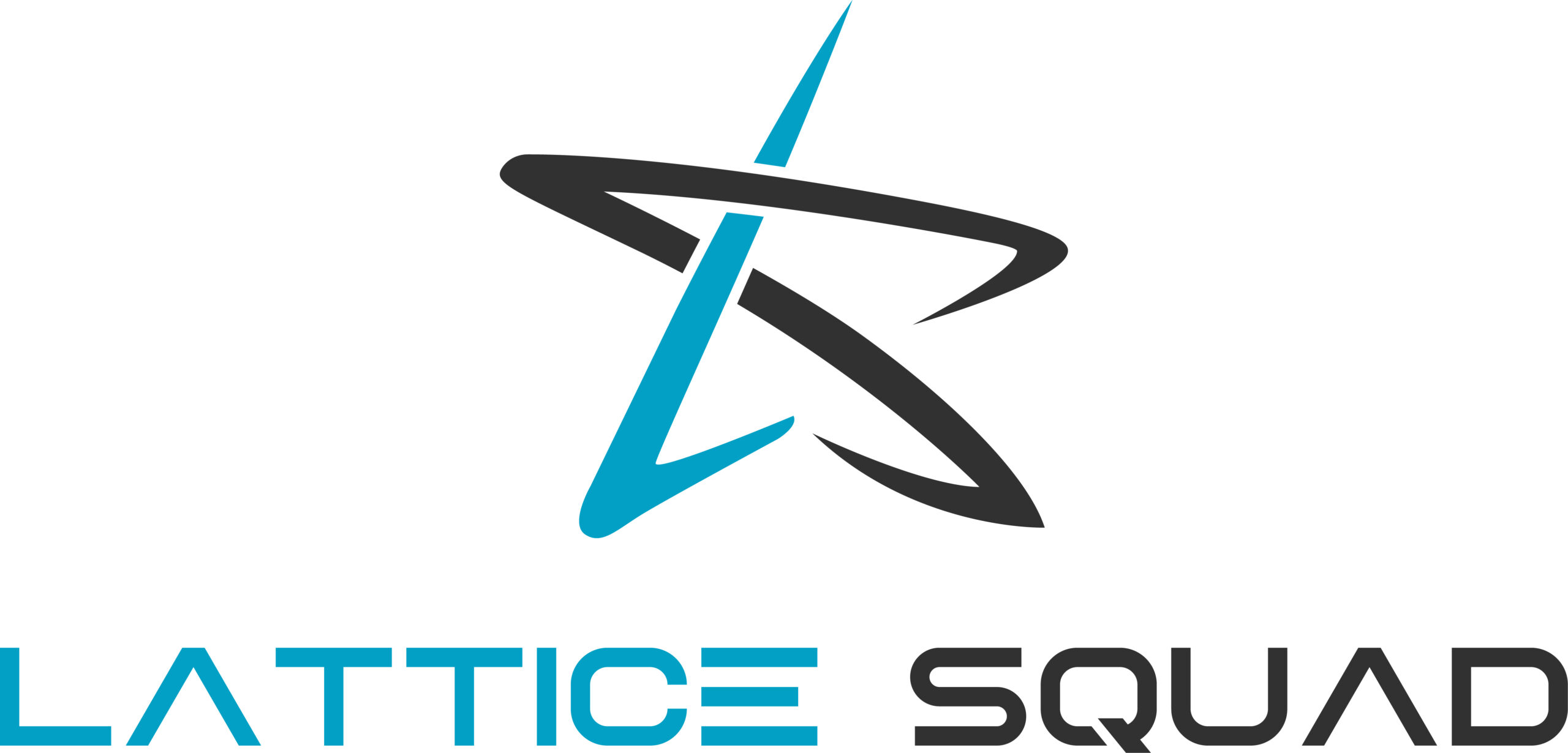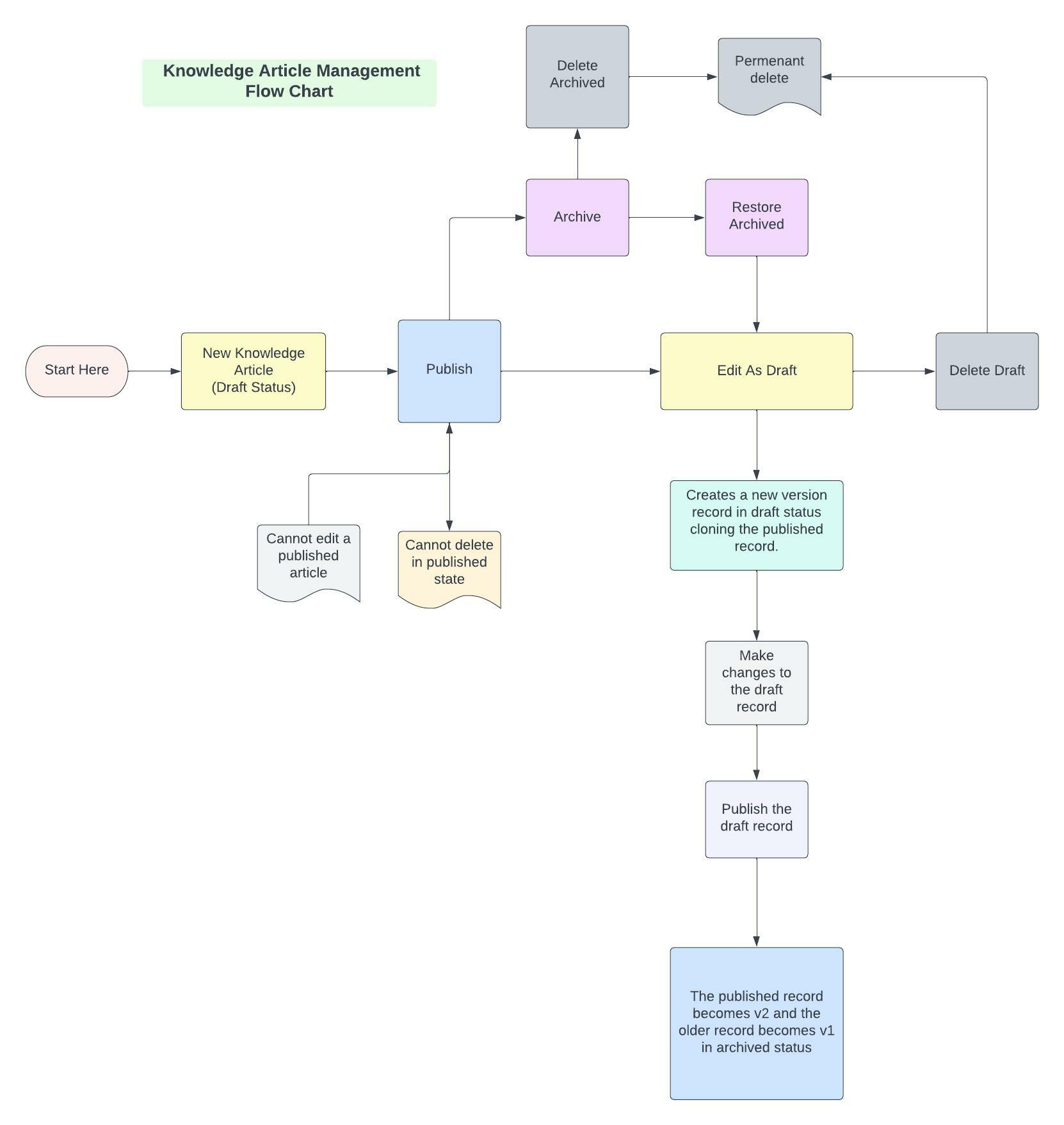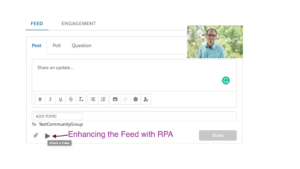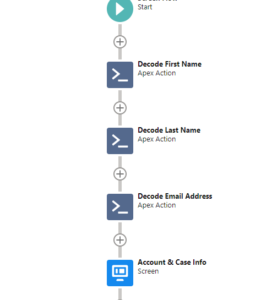In a recent Lattice Squad project, our objective was to design and implement an automated process to manage the review, approval, publication, and archiving of healthcare content, similar to Knowledge Articles. Recognizing the complexity involving multiple roles and dependent steps and knowing the client would want to think critically about all the possibilities (lots of potential revisions), we started with flowcharting the process.
Flow charts are a basic tool with huge value: they help clients visualize a solution, which helps them open up & contribute more. It gives everyone a reference point for input and consensus building. They say a picture is worth a thousand words, but in our experience, it’s worth thousands of dollars and countless hours of productivity that can be focused toward the agreed-upon solution. We iterated many versions before coming to the final plan and, more importantly, before building schema and writing code.
The development relied on Custom Objects, Salesforce Approvals, Screen Flows, Record Triggered Flows, and Lightning pages. The client was pleased to see the product shape the same way as the flow chart. In fact, the process gave the client a sense of ownership and pride!
Investing the time and effort in creating flow charts upfront resolved a lot of ambiguity and sped up the development.
Your flow charts don’t have to be works of art; the process is more important than the product.



